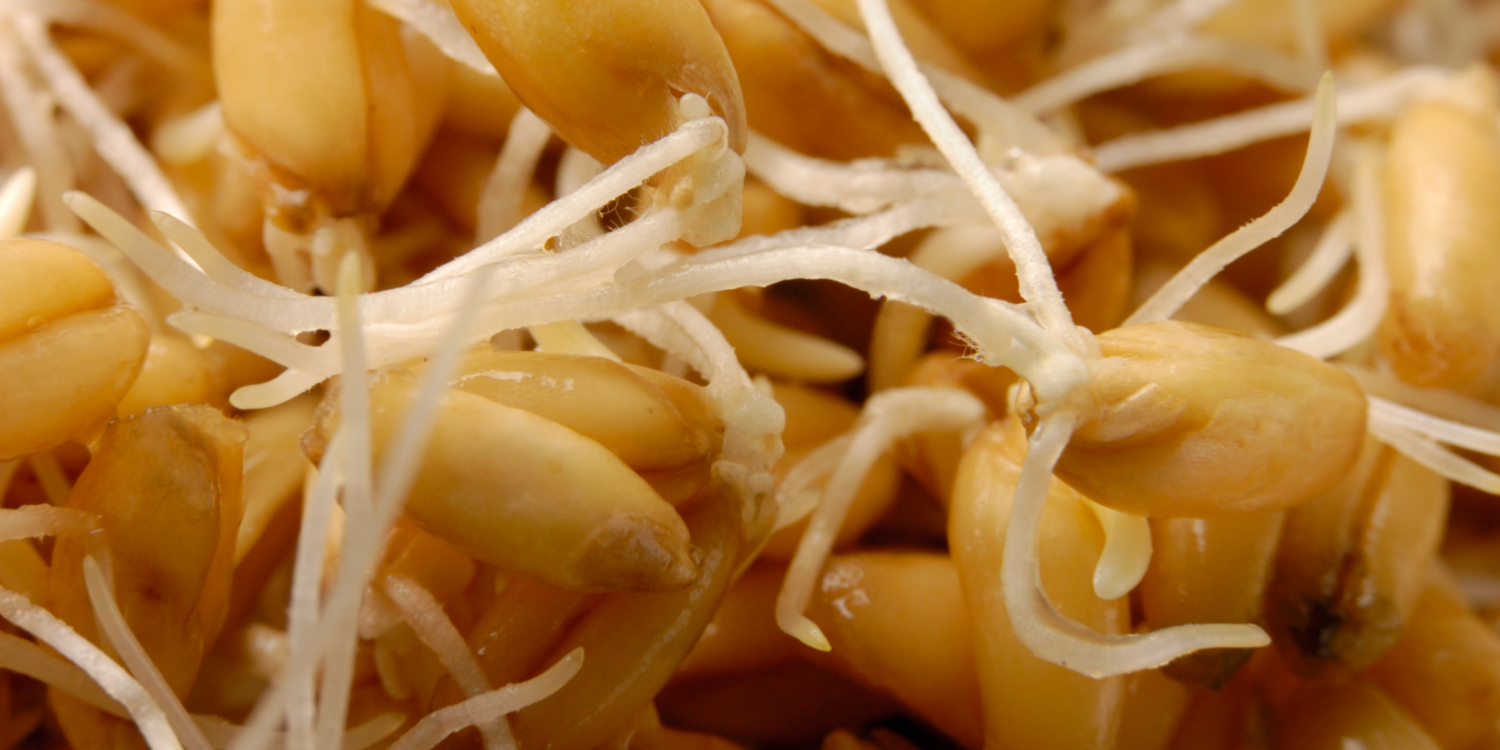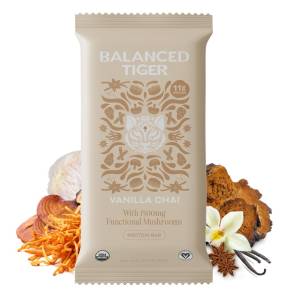There’s something about a sprout. Whether it’s a flower, plant, herb, or grain, there’s something magical and life-affirming about watching the little guys break out of their pods and reach for the sky.
Maybe that’s why health-conscious consumers find eating sprouted grain products so appealing.
Nutrition Stats
Sprouted grains are about as nutritious as whole grain breads and cereals. Their real value comes when compared to processed grains, such as white bread.
Whole-wheat breads grind the wheat kernels—composed of a germ rich in vitamins, an endosperm high in proteins and carbohydrates, and the external shell, known as the bran—into whole-wheat flour. White bread is made using only the endosperm. Sprouted-grain breads use a wheat kernel (sometimes called a wheat berry), which is soaked in water and allowed to sprout new, leafy shoots.
The sprouts are ground, but not into flour, and thus these baked goods are often referred to as “flourless.” They still contain gluten, so sprouted grains are not the answer for people whose digestive systems struggle to metabolize this protein in breads and cereals.
Tout the Sprout
Like other whole-wheat products, sprouted breads are good sources of calcium, iron, niacin, and fiber. And, because many sprouted-grain breads use more than just wheat sprouts, including oats, soy, barley, or millet, they can provide a rich set of amino acids, necessary building blocks for protein.
Eating whole or sprouted grains has been shown to reduce the risk of heart disease by as much as 40 percent, according to several large-scale studies. Sprouted grains are also lower-rated on the glycemic index than whole-wheat breads, making digestion easier for people with diabetes.
The germination process also seems to enhance the availability of A, B, and C vitamins, as well as releasing iron, potassium, and calcium—making them more readily available for digestion. According to some sources, you may find as much as 300 percent to 600 percent more of these nutrients in sprouted- and whole-grains!
Shoot! Sprouted Grains Are Kept Where?
Processed white breads try to compensate for their nutrient deficiencies by fortifying their products with iron and B vitamins. But whole and sprouted grains are the only way to obtain the full complement of antioxidants and phytonutrients found in whole-wheat kernels.
Because sprouted-grain products are preservative-free, they are typically found in the freezer section of your local market to preserve their goodness until you’re ready for your next sandwich, French toast, or über-healthy croutons on that garden-fresh salad you just tossed!



